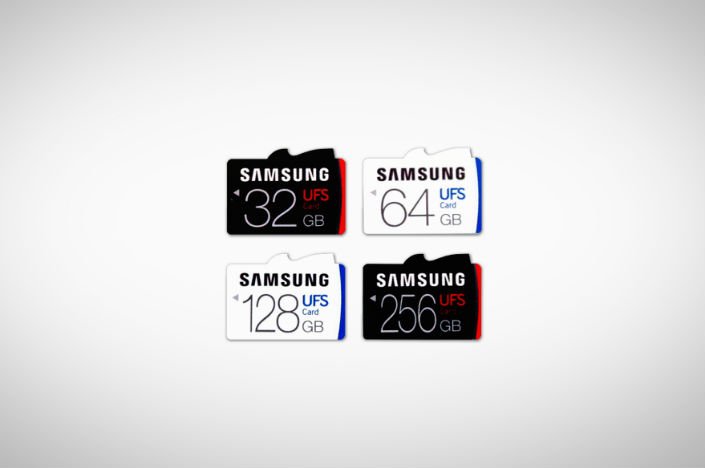Smartphones have undeniably become an integral part of our daily lives. They’ve come a long way since they spawned almost two decades back, replacing the core functionality of mobile phones that only allowed two-way communication.
It’s fair to say that modern day smartphones are like mini-computers small enough to fit in your pockets. They feature enhanced capabilities such as the ability to take high-quality photos, stream videos and to stay connected with millions, while on the move. These are indeed exciting times for us smartphone nuts. Hence, we’ve compiled a handy list of some wacky smartphone technologies that we could see in future smartphones.
Augmented Reality
AR needs no introduction. We’ve already seen augmented reality in effect on smartphones. Yes, I’m talking about the brand new Pokemon Go game that has become a viral hit shortly after its release last month. It has taken the world by storm, thanks to Augmented Reality.
The technology mainly uses a phone’s camera to gauge the surrounding environment and superimpose things and objects onto the phone’s screen. It allows news ways of interacting with the real world around you. Most AR apps including Pokemon Go use GPS along with the phone’s camera to overlay digital data onto the phone’s screen. AR technology is still in its early stages of development and is likely to enhance further in the near future.
USB Type-C or USB-C
Although still in its early stages, USB-Type C is likely to replace the standard 3.5mm jacks and microUSB port we primarily see in the current generation of smartphones. Many companies have already adopted the standard. Apple’s new 12-inch MacBook Air, OnePlus 3 and LeEco’s Le Max 2 are already rock this technology, considered by many to be the next big thing.
It’s certainly futuristic and offers a raft of advantages. The slender; reversible port means you can plug the cable in any direction, unlike connecting asymmetrical USB jacks which get fuzzy at times. Besides convenience, they churn out more power than standard USB ports, delivering around 100 watts of power which is enough to charge multiple mobile devices simultaneously.
Moreover, USB Type-C is much faster than the current USB-B standard. It allows faster data transfer as it can reach a speed of up to 10Gbps. Now that’s 50 percent faster than the fastest USB Type B devices currently out there.
It’s the new industry standard that will soon phase out the old, and we should see all upcoming smartphones, laptops, and tablets using the USB-C shortly.
Li-Fi
Li-Fi or Light Fidelity is the next stage of evolution in wireless communication technology. It can reach speeds of up to 224 gigabits per second, apparently a hundred times faster than Wi-Fi. Now that’s more than enough to download over 10 HD movies in just a second.
Li-Fi was showcased to the world by Professor Harald Hass at a session of TED Talk in 2011. Instead of relying on Wi-Fi radio signals to transmit data to your laptop or a smartphone, Li-Fi uses computer-controlled LED bulbs which act as wireless routers. It’s an optical wireless communication of sorts which uses infra-red and ultra-violet waves to beam data, which can carry more data radio frequency waves.
Samsung UFS
The Korean manufacturer has taken the UFS standard to the next level. The company has announced the first range of memory cards based on the new JEDEC Universal Flash Storage (UFS) 1.0 Card Extension Standard. The new UFS memory cards are equipped to handle intensive high-end/3D gaming and 4K movie playback, with read speeds of 530 Mbps.

While their random read and write speeds are much more impressive, faster by 20 and 350 times respectively compared to the fastest microSDs currently out there.
Iris Scanning
Fujitsu has been diligently working on a new technology that allows you to scan your iris, to identify the phone’s rightful owner and unlock their smartphone, or to make an online payment. According to Fujitsu, the technology is much more accurate than a fingerprint scanner and more secure. The advanced technology makes it harder to clone or fake.
Conclusion
Everyone is waiting to see what smartphones of the future can offer, and how consumers will react to these new technologies which have the potential to change the way we communicate with each other and our surroundings.
What other features would you guys like to see in smartphones of the future? Do let us know in the comments section below.



















Comments are closed.